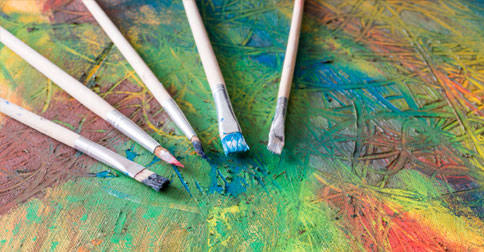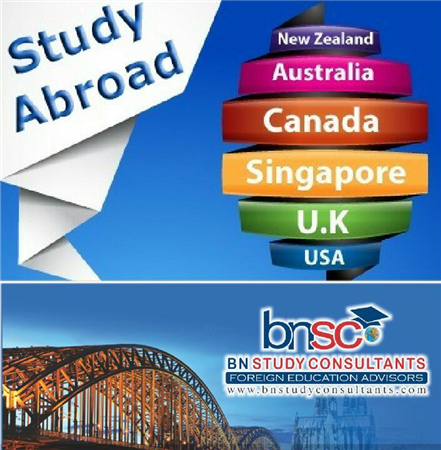Basic art education refers to the teaching of different disciplines that progress from one level to another in accordance with the objectives.
The aim of basic art education is to equip the student with skills
- self-expression
- offer opportunity to be a successful artist
- higher education in the field of arts
Basic art education is necessary for the persons who want to become arts instructor or arts administrators. Basic art education has its own curriculum and is governed by specific laws and regulations. You can read these acts as well from our article.
Who organizes the training
Basic art education is provided, for example, by music schools, fine arts schools and other art schools. Basic art education can also be provided in, for example, civic colleges.
In practice, basic art education can be provided by
- Councils
- joint municipal boards
- registered entities
- foundations
- state educational institutions.
Municipalities for arts education:
Municipalities can organize basic arts education at their own discretion, but other education providers, such as municipal federations, communities and state educational institutions, need permission from the Ministry of Education and Culture. The organizing license determines the field of art the education organizer teaches.
Licensed education provider
A municipality or a licensed education provider for basic art education can procure educational services from a public or private entity. However, the municipality does not have to provide financial assistance for the service it has acquired. The organizer of the education is responsible for ensuring that the teaching follows the law and the curriculum in accordance with the principles of the curriculum for basic art education.
Subsidy on behalf of Ministry of Education and Culture
The Ministry of Education and Culture may approve special grant or you can say subsidy to the organizer of education. It is according to the number of teaching hours. In order for a municipality to receive a government grant for the organization of education, the municipality must also have a permit for the provision of basic art education, also keep in mind the municipality can provide basic art education without it.
It is the responsibility of the organizer of the education to draw up and approve a curriculum for the teaching of each art, based on the principles of the curriculum for basic art education decided by the National Board of Education.
The curriculum specifies and clarifies the objectives and contents of the fundamentals. The training organizer plans the teaching provision and decides the amount of teaching according to the criteria.
Artistic curriculum
There are two syllabuses in basic arts education: a broad syllabus and a general syllabus. Each curriculum has its own goals and contents for each art. According to the basic curriculum for basic education in art 2019-2020, the fields of art taught are as follows
- architecture
- visual arts
- handicraft
- media Arts
- music arts
- literary art
- circus Art
- dance
- Theater Art.
Thus, there is a broad and general syllabus for each discipline, and both syllabuses have different contents and objectives for the arts. The training provider decides which syllabus it organizes at the school.
Extensive and general syllabuses also differ in scope. An extensive syllabus consists of basic and advanced studies. The general syllabus, in turn, consists of joint studies and thematic studies.
Teaching planning for arts
Teaching planning is an important part of developing basic education in the arts. With long-term planning, teaching is constantly evolving, goal-oriented, safe and meaningful. The lessons to be learned are built on what has been observed in the planned way, and all areas of importance to the arts will be covered in teaching.
Basic art education is based on a local curriculum developed in accordance with the need of market. The education provider plans the teaching provision and decides the amount of teaching according to the criteria of the market jobs.
The curriculum is a public document guiding the detailed activities and should be drafted in such a clear manner that the pupil and his / her guardians can also receive sufficient information about the studies. The curriculum enables the institution to operate at the highest level within the existing resources.
Arts curriculum should support students’ learning
All aspects of the curriculum must be considered at the educational level so that they support student learning and the goals set in the curriculum. Curriculum development begins with the definition of your school, its mission statement, and possible teaching priorities. The curriculum will involve the teaching staff of the entire school and, where possible, the students, guardians and other partners deemed necessary.
It is important to relate the resources of the school to the goals of the teaching. The following issues may be taken into account when allocating resources:
- What kinds of studies can be done with existing resources and within the syllabus offered?
- What is the situation, for example, with regard to teaching facilities, teachers, teaching aids, students and funding?
- What are the future prospects and goals of the school?
Basic art education is goal-oriented and long-lasting art education, where students must (have) the opportunity to follow the curriculum and complete the entire curriculum. A duly approved and implemented curriculum is a binding document of the educational institution.
All sections of the curriculum are important and you should and being a student you should try to understand it. Sometimes, we hear some benefits from our friends and take a decision to enroll in some course. But it should not be the case. The proper understanding about the course content is very important for success in the arts education.
Artists can access international markets easily:
We should know what is the demand of the current industry? Are there enough jobs for artists or they want to work as freelancers. We see many individual artists working at their homes, offices or business setups. An artist can easily spread the work in foreign countries easily.
And for college management, when the groundwork is done well, all employees can consciously follow the same principles. In addition to the curriculum, the school or college must have an equality plan and an equality plan drawn up in cooperation with staff and students.




